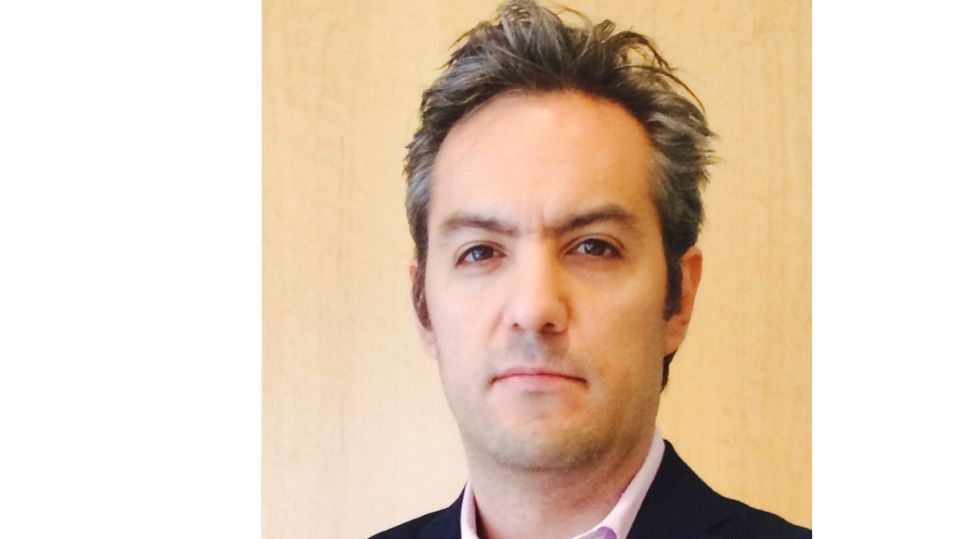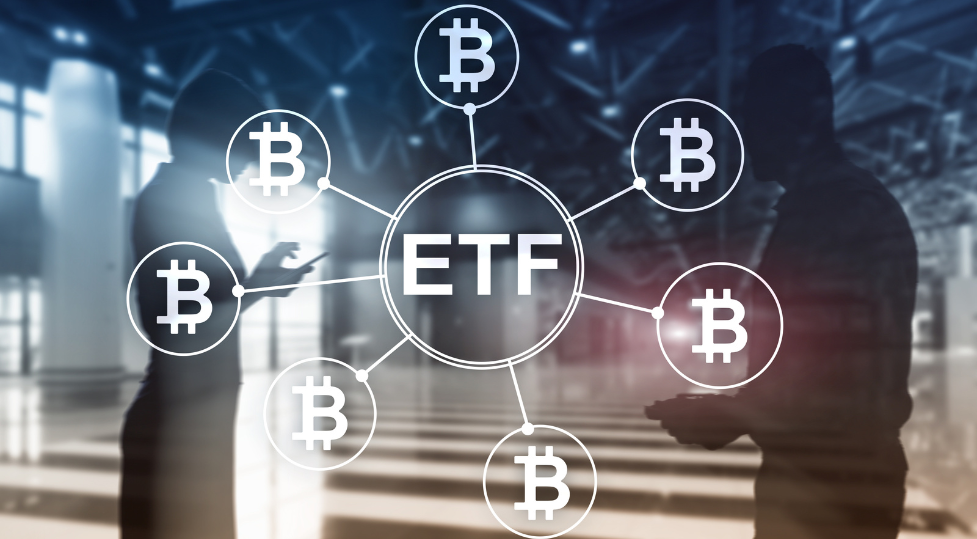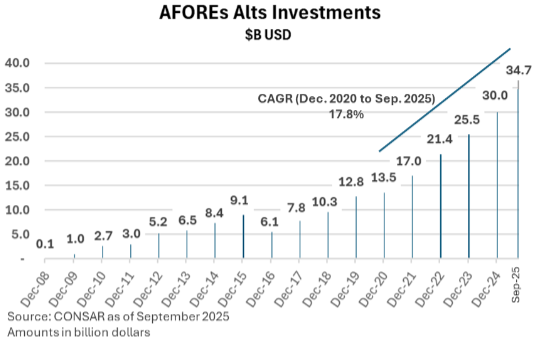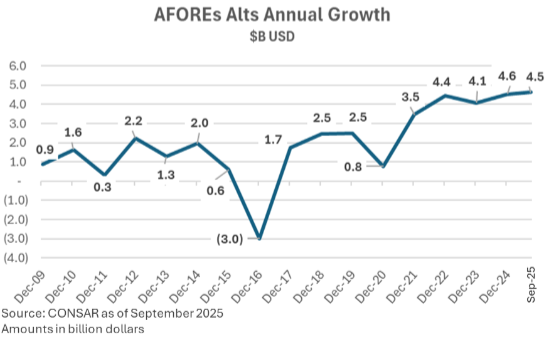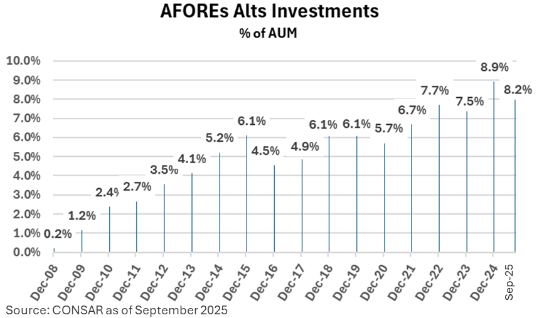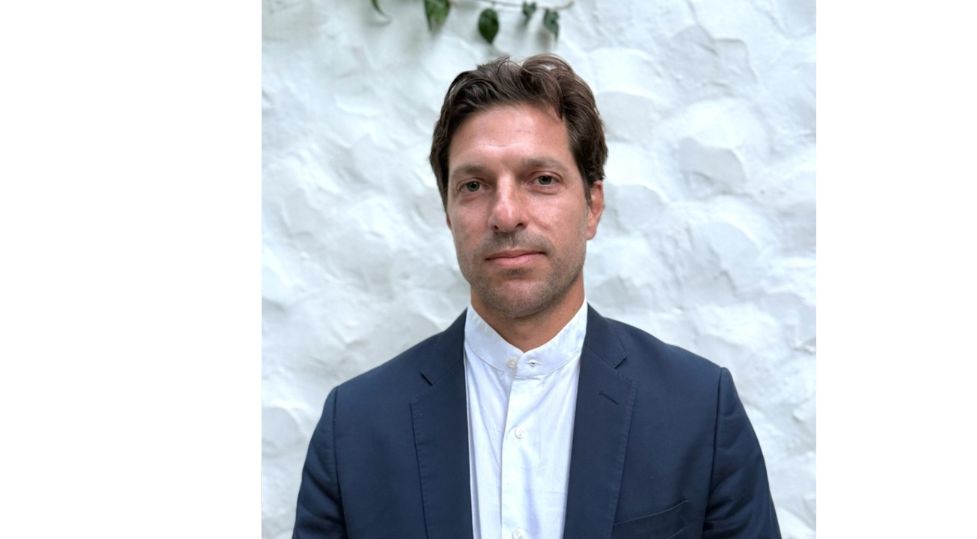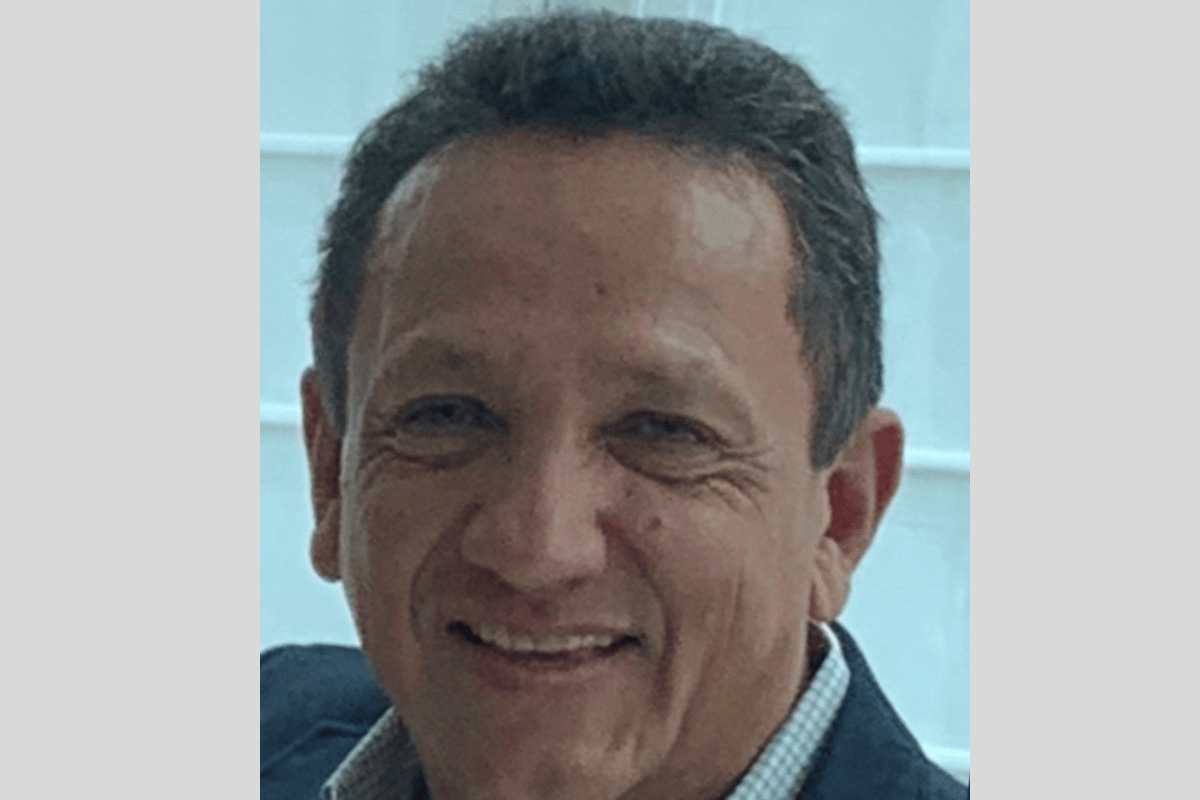Brazil Shelves Digital Currency—For Now, but Private Sector Drives Tokenization Forward
The token is the cornerstone of the innovation transforming Brazil’s digital economy: it is a digital representation of an asset—such as money, stocks, securities, real estate, or even loans—recorded on a blockchain system.
The topic is not new: the Central Bank of Brazil has been working on a token (called Drex, the country’s first CBDC—Central Bank Digital Currency—and one of the first in the world) and on building its own blockchain for the economy. Since the token acts as a “digital certificate” proving ownership or rights over a specific asset, the local market has been preparing for its arrival.
The advantages are significant: greater liquidity (as it can be traded in real time, fractionally, and globally), enhanced security (thanks to blockchain immutability), and lower operating costs through automated and traceable processes.
In this context, the relationship between blockchain and tokens is central: blockchain is the technological infrastructure that ensures the recording and transfer of tokens, guaranteeing no duplication or fraud. Drex would be Brazil’s official token, backed by the real, with instant settlement and programmability—features that would allow for automated payments, cost reductions, and integration of the traditional financial system into the new digital economy.
Tokenization begins to take root in Brazil as a tool to expand access and reduce operating costs in financial markets
Brazil’s (Ex?) Digital Currency
However, there has been a setback from the public sector. After two phases (which involved several banks and consortia), the Drex project was rolled back and will now launch in 2026, in an initial version without blockchain, focused on infrastructure for reconciling credit liens—that is, systems to centralize records and legal restrictions affecting assets used as collateral in financial operations.
The original goal was to create a public digital currency backed by the real, with instant settlement, traceability, and programmability. Drex was also envisioned as a key piece in integrating the traditional financial system with a new blockchain-based digital infrastructure. The institution stated that the more ambitious scope of the project remains under development.
Still, this pause did not stall the private sector. On the contrary, the delay in Drex opened the door for private initiatives to accelerate. Platforms like Nexa Finance are expanding real asset tokenization solutions, exploring the liquidity and efficiency potential of these instruments—from real estate to agricultural credit—while institutional investors and banks such as Bradesco invest in digital assets, promoting regulatory discussions and awaiting authorization to incorporate more assets into the system. Tokenization is beginning to establish itself in Brazil as a tool to broaden access and reduce operating costs in the financial market.
Platforms like Nexa Finance expand real asset tokenization solutions, from real estate to agricultural credit
Bradesco builds a Digital Assets division with institutional focus
The shift in Drex’s direction has not dampened market enthusiasm. According to Courtnay Guimarães, Head of Digital Assets at Bradesco, the sector continues to move forward independently: “We are building our market presence. A new network may be forming within the main Brazilian market association. There are several international initiatives. There are independent tokenization players. The future is still very uncertain and evolving. But the market is quite advanced; it hasn’t given up on this story,” he stated.
Guimarães explained that the bank is creating a digital assets division aimed at institutional and high-net-worth clients. “With very strong guidance focused on corporate clients and wealth segments, such as private banking and business clients,” he added.
Currently, the bank is indirectly involved with digital financial products, such as feeders that invest in tokenized structures abroad, as in the case of a Bitcoin ETF distributed by the institution.
In this case, the ETF, managed by Hashdex—Brazil’s largest crypto asset manager—contains shares backed by tokens representing fractions of real bitcoins, held in a secure environment. This way, investors do not need to purchase the asset directly or manage digital wallets: they buy shares of a listed fund, and each share corresponds to a fraction of tokens that reflect Bitcoin’s price.
Bradesco’s plan, however, is more ambitious. The bank intends to offer “exposure to real assets,” such as tokenized receivables and digital securities.
Focus on Stablecoins
Citing a study by Brazil’s Federal Revenue Service, a key point in the local digital economy is the growing use of stablecoins—cryptocurrencies pegged to fiat currencies such as the dollar. The report highlights USDC, issued by Circle, as an example: a token that represents one U.S. dollar, widely used for international payments due to its immediate liquidity and low cost.
This effect is not coincidental: this year, the Brazilian tax authority raised the rate of the IOF (Tax on Financial Transactions). The tax applies to international transactions and purchases. This move, as confirmed by the data, has encouraged the use of stablecoins for payments and capital movements.
Regarding regulation, Guimarães explained that the local token market currently operates under a resolution originally designed to regulate equity crowdfunding, but which has been adapted for digital asset issuance. The expectation is for a new regulation that will allow funds to scale up the use of tokens.
Bradesco aims to offer “exposure to real assets,” such as tokenized receivables and digital securities
Former Patria executives launch tokenization model with radical customization
Using blockchain to allow each investor or advisor to assemble personalized tokenized products in real time: this is the proposal of Nexa Finance, founded in March 2024 by Eduardo Furuie and Lucas Danicek, former executives at Patria Investimentos and founders of the family office Terra Capital.
The company has already structured over 200 tokenized issuances, focusing on real credit assets such as credit card receivables, consortium shares, and Bank Credit Notes (CCBs).
The differentiator is customization. Through smart contracts—self-executing programs that run on blockchain and automatically enforce pre-agreed terms—the platform allows tailored investments to be built in just minutes, with contributions starting from 100 reais. This automation ensures traceability, fractional liquidity, and transparent governance.
According to the founders, the solution is attracting family offices and credit managers, and will soon target pension funds and insurers. The promise is to match assets and liabilities precisely, avoiding cash flow mismatches.
For Danicek, tokenization is about to completely reshape the financial market. “The token is the only financial instrument that allows you to package any asset, with near-zero marginal cost, full interoperability, and programmability. It’s the ideal layer for AI agents to operate on. No player will be able to compete without this.”
Despite the pause in Drex, private players continue to advance with concrete proposals. As Danicek concluded, tokenization is likely to follow the same path as digital banking: “Imagine a bank today without an app. That bank would no longer exist. Tokenization will follow the same trajectory.”
